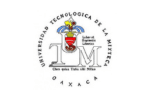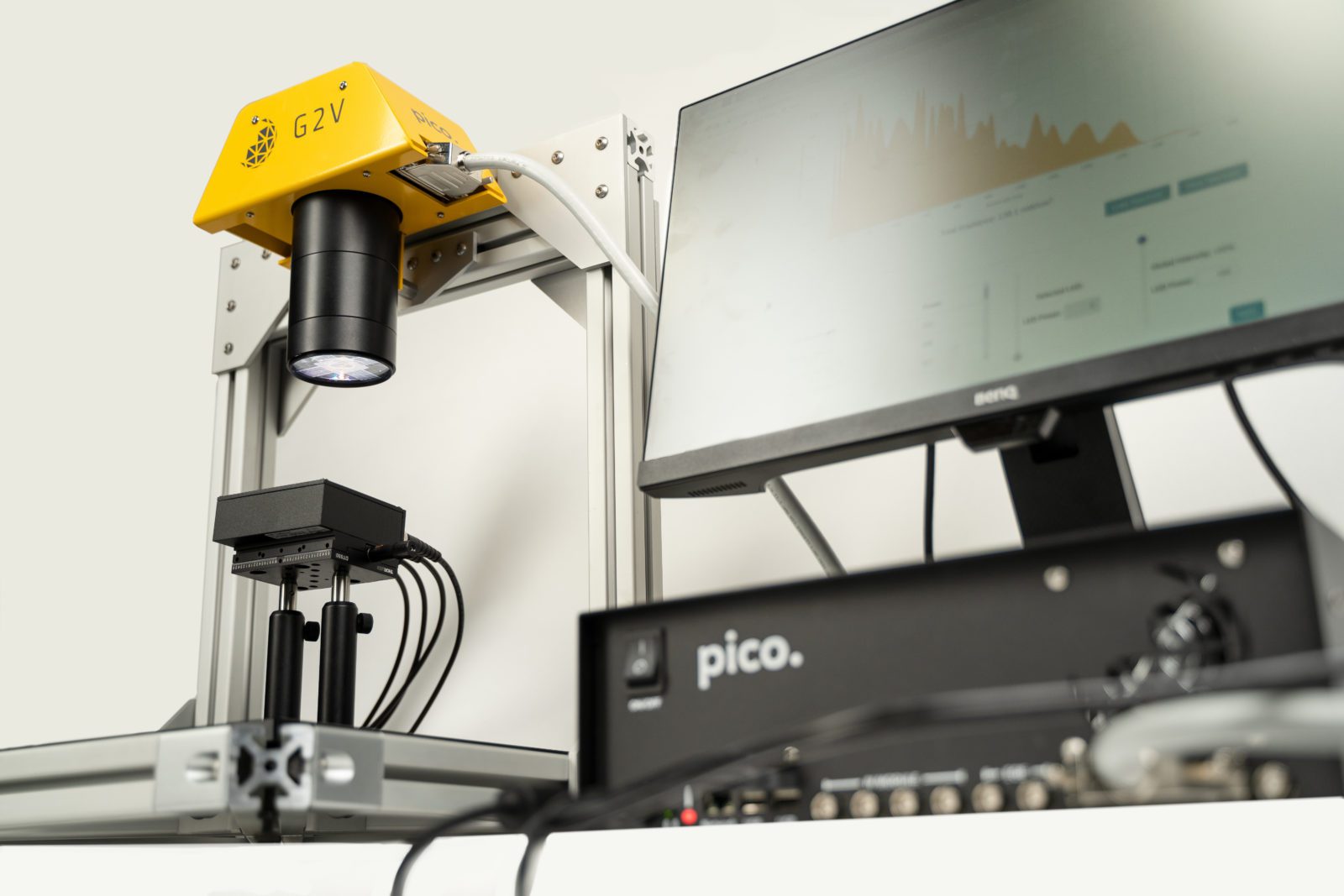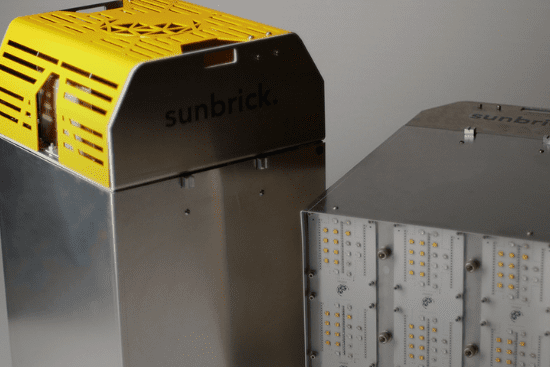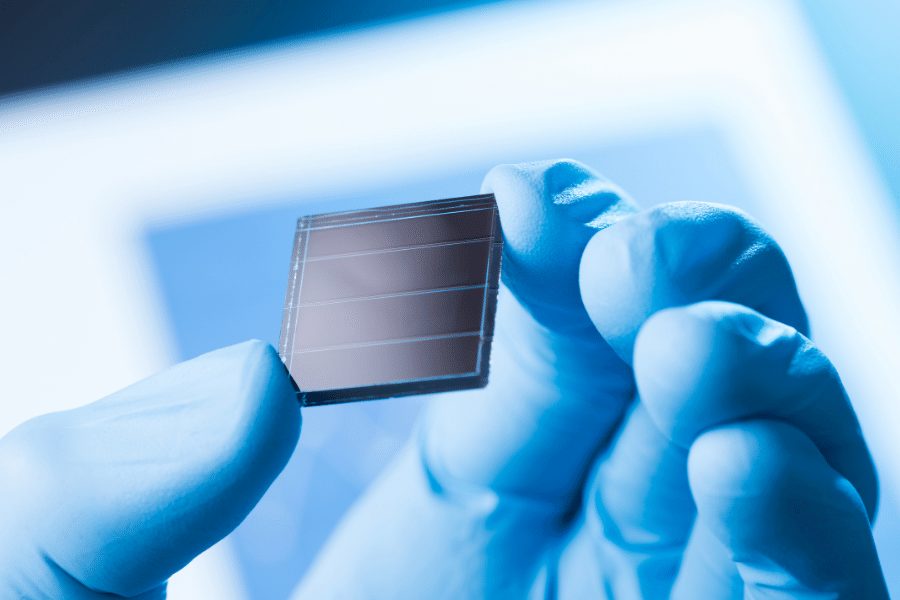Application - Photovoltaic Devices
Powering Photovoltaic Testing and Research With The Most Accurate Solar Simulation
Improved Testing for CIGS, SI, Perovskites, Tandems and Beyond.
Application - Photovoltaic Devices
Improved Testing for CIGS, SI, Perovskites, Tandems and Beyond.














Solar-powered devices are one of the keys to creating a cleaner, more sustainable world. Making these devices effective and scalable means having a stable yet variable light source to simulate real world testing. Without this capability your conclusions lose some of its efficacy and repeatability. Whether your research is in perovskites, multijunction cells, or one of the many exciting areas in photovoltaics we can agree that the industry as a whole is making a difference.
The world depends on your research. You depend on your solar simulator.
If you are still using a traditional Xenon based solar simulator then you are already aware it has limitations due to its inherent lighting inconsistencies. The bulbs begin to dim, confounding variables compound, and you lose the ability to replicate your results. Since you aim for perfection, you restart your experiment after replacing the bulb.
You won’t accept your research to be just good enough, then why should your key lightsource be just good enough?
At G2V, we were founded by researchers. We’ve created large- and small-area AAA LED solar simulators to be analogous to the sun and scale with the changing research landscape. Our instruments allow for close spectral matching through wave channel control, <2% spatial non-uniformity, and Class A short and long temporal instability.
Your solar simulator no longer has to lag behind your innovation.

Featured Innovations
Class AAA LED Solar Simulators For Testing CIGS, Perovskites, Tandems and Beyond.

Your research with PV devices requires precise, accurate, and reproducible quantification of key parameters to determine efficiency. The Pico™ small area solar simulator will satisfy all those needs along with the offering of several modules specifically designed for PV testing.
Get a solar simulator that supports every stage of your PV validation.

Require the high precision that only LED solar simulators give in testing large scale applications? The Sunbrick AAA LED large-area solar simulator has all the benefits of the Pico™ in a larger, module-scale area or a tileable configuration as large as you need. You no longer need to sacrifice high quality light for going large scale.
The Sunbrick provides a stable platform to grow with your PV cells.

You’re building the future. We’ll provide the light.
PV R&D is changing the world, whether it’s mounted on a rooftop or in a field of concentrated photovoltaic (CPV) modules. As we rely more and more on the power of solar, solar relies more heavily on getting it right, from individual cells to the solar back sheets. LED solar simulators are giving researchers the tools they need to create more accurate and scalable devices.
Our comprehensive article can help you go from the theoretical basics up to the most cutting-edge PV research, including:
Interested in seeing if our work fits your R&D? Let’s start a conversation.

Problem: The need for large-scale solar simulators and the long-term opportunity for LEDs in Solar Simulation
Solution: Photovoltaics Testing with a Sunbrick™ Large-Area LED Solar Simulator
Outcome: NREL is excited by the prospect of moving toward a standalone multi-junction solar cell test station.
G2V Optics’ solar simulators are suitable for testing the following solar cell technologies: crystalline silicon, amorphous silicon, perovskite, multijunction, tandem, gallium arsenide (GaAs), cadmium telluride (CdTe), dye-sensitized solar cells (DSSCs), organic photovoltaics (OPV), inorganic solar cells, quantum dots, copper-indium gallium selenide (CIGS), thin-film solar cells based on kusachiite (CuBi2O4), and most other thin-film, multicrystalline, concentrator and/or heterostructure solar cells.
Yes. LED technology has come a long way and continues to develop at a rapid pace, allowing longer and longer infrared LED wavelengths to become commercially available.
No. Infrared LEDs are somewhat more expensive because they are newer technology, but G2V has worked hard to ensure that our LED solar simulator value exceeds conventional solar simulators.
Yes! For large-area solar simulation our SunBrick™ will do the job. After checking it out we recommend consulting with one of our Experts to ensure all your needs and requirements are met.
Reach out and get started sooner!
Our Pico spec sheet covers most current and voltage ranges but with any innovative research we recommend a consultation with one of our solar simulator experts to ensure nothing is missed.
Please get in touch and we’ll be happy to discuss your particular application.
Want to know how your PV device would respond to Dubai’s July midday sun or London’s early winter morning? One-Click Sun (beta) replicates the solar irradiance of any place on Earth at any time of day throughout the year, giving you a real world simulation.
Knowledge Base
We make sure the science community has access to resources that assist them in making informed decisions about their lighting needs, best applications, and changing standards. Visit the knowledge base to learn more about Class AAA standards , important criteria for pricing solar simulators with our Total Cost of Ownership (TCO) article and more!
We save you time finding answers so you can spend your time changing the world!
Get Started
You’re building a more sustainable world by blazing the trail in the photovoltaics industry. Your time is better spent innovating than spending countless hours maintaining a light source that is insufficient for your goals.
Save some time and connect with us.
We want to hear about your endeavors and equip you with the knowledge to succeed.

Join over 4,250 people who receive our monthly newsletter that contains news updates and access to important resources.